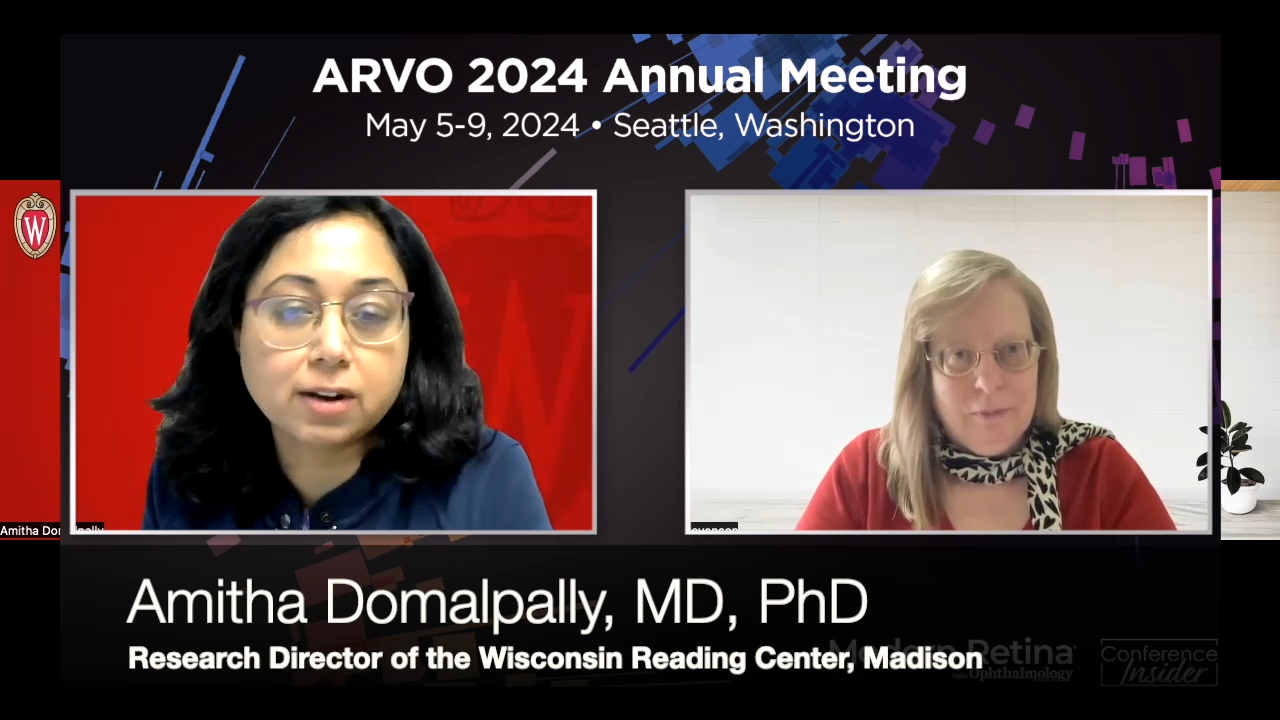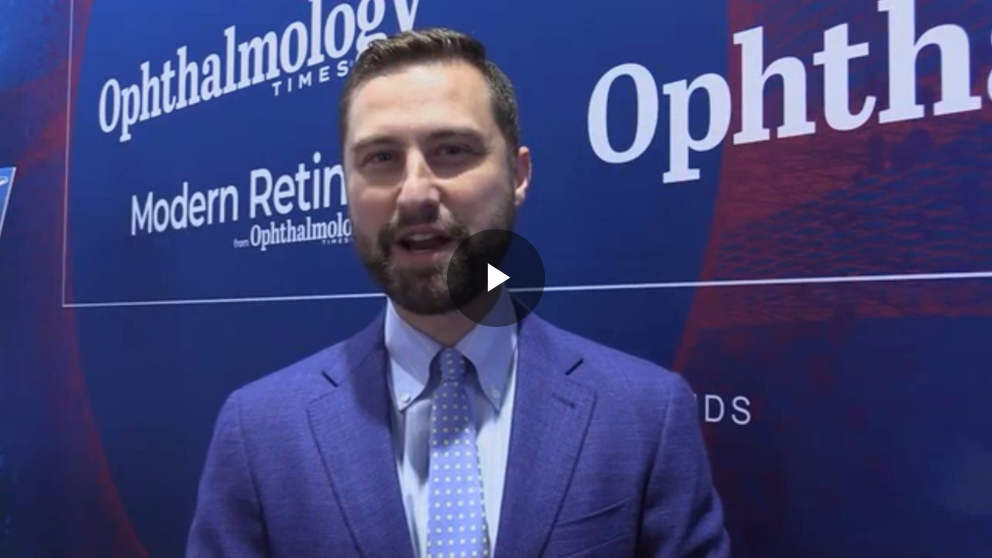Mining data for anti-VEGF therapy insights in PCV
Real-world evidence confirms the benefits of intravitreous ranibizumab (Lucentis, Genentech) for treatment of neovascular age-related macular degeneration (nAMD)-regardless of polypoidal choroidal vasculopathy (PCV) status.
Seattle-Real-world evidence confirms the benefits of intravitreous ranibizumab (Lucentis, Genentech) for treatment of neovascular age-related macular degeneration (nAMD)-regardless of polypoidal choroidal vasculopathy (PCV) status. That’s according to the findings of a third interim analysis of data collected in the LUMINOUS study.
Recent: Two genetic discoveries may offer hope for patients with advanced AMD
The research was presented by Adrian Koh, MD, director, Eye and Retina Surgeons, Camden Medical Centre, Singapore, at ARVO 2016.
There is limited evidence from randomized, controlled trials on the most efficacious treatment for PCV, which is considered to be a variant or subtype of nAMD, Dr. Koh said.
Related: Developing cell-based therapies for inherited retinal disease
“LUMINOUS is the largest observational trial in medical retina and provides the largest dataset for the treatment of PCV patients with ranibizumab in a real-world situation,” Dr. Koh said. “These initial results suggest that patients with nAMD with and without PCV can be treated similarly with ranibizumab.”
In total, LUMINOUS has recruited 30,514 patients in 43 countries across nearly 500 sites.
Recent: Pipeline for dry AMD features diverse compounds
In his presentation, Dr. Koh included data from patients completing 1 year of follow-up. The cohort comprised 1,094 patients with PCV and 16,498 non-PCV patients. The PCV and non-PCV patients were similar at baseline in terms of mean visual acuity (VA) and central retinal thickness (CRT).
Safety analysis
Among patients who were treatment-naïve at entry into LUMINOUS, mean VA improved by +3.0 letters in the PCV group and +3.7 letters in the non-PCV group. Mean CRT decreased by 84.4 µm in the PCV group and by 73.5 µm in the non-PCV group.
VA and CRT were stable in the PCV and non-PCV eyes in the subgroup entering LUMINOUS with a history of ranibizumab treatment.
Recent: New prevention and monitoring strategies for neovascular AMD
The safety analysis showed rates of retinal and vitreous hemorrhage were low in both the PCV and non-PCV groups, and there were no unexpected ocular or non-ocular serious adverse events.
“One of the key safety questions with anti-vascular endothelial growth factor (VEGF) monotherapy in PCV relates to whether there is an increased risk of retinal hemorrhage or even breakthrough vitreous hemorrhage,” Dr. Koh said. “The findings from LUMINOUS may give comfort to practitioners who might choose anti-VEGF therapy for eyes with PCV, at least in the short term.”
SPONSORED: Join us for dinner and diabetes management tips! Click here if you’re attending ASCRS!
Newsletter
Keep your retina practice on the forefront—subscribe for expert analysis and emerging trends in retinal disease management.




.png&w=3840&q=75)











